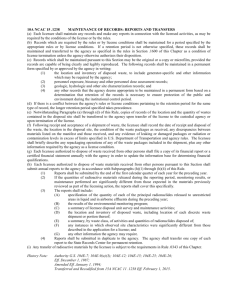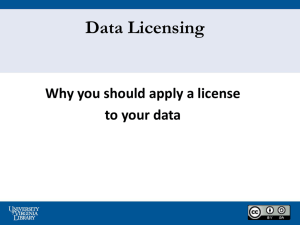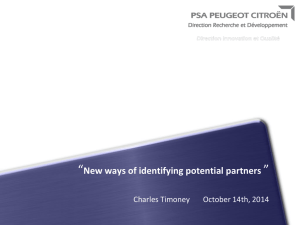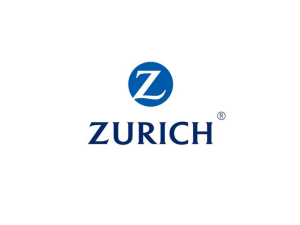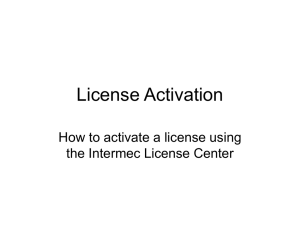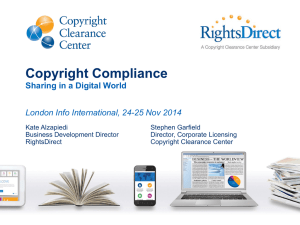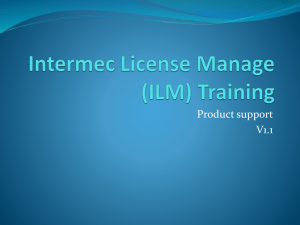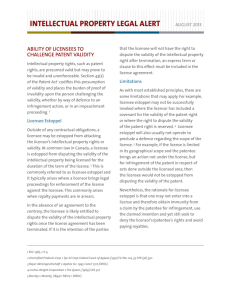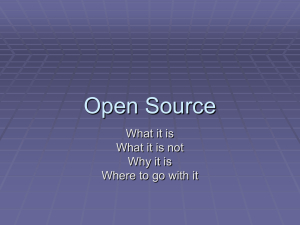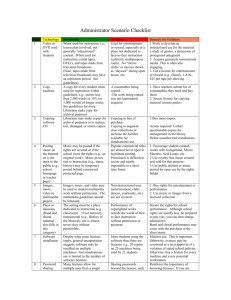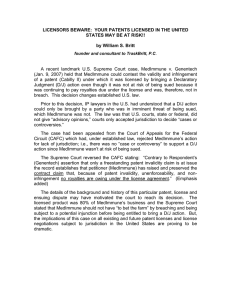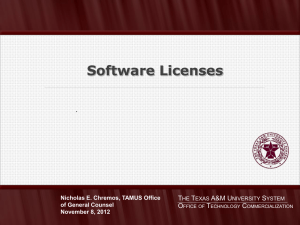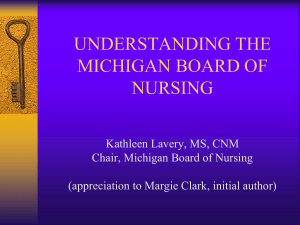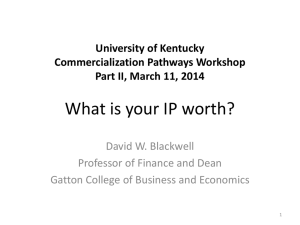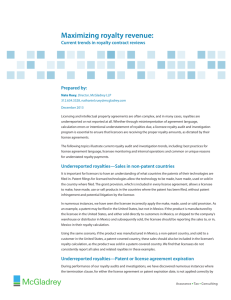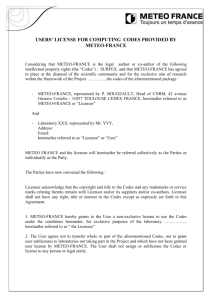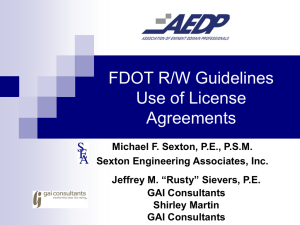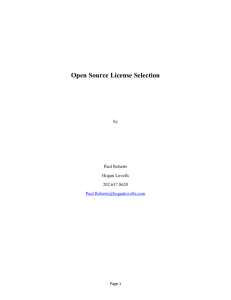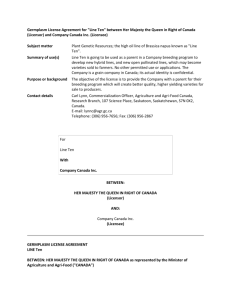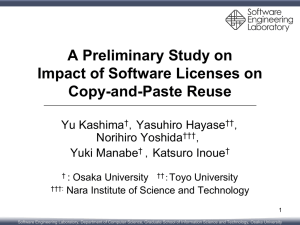The Mahele Method - Tech Transfer Central
advertisement
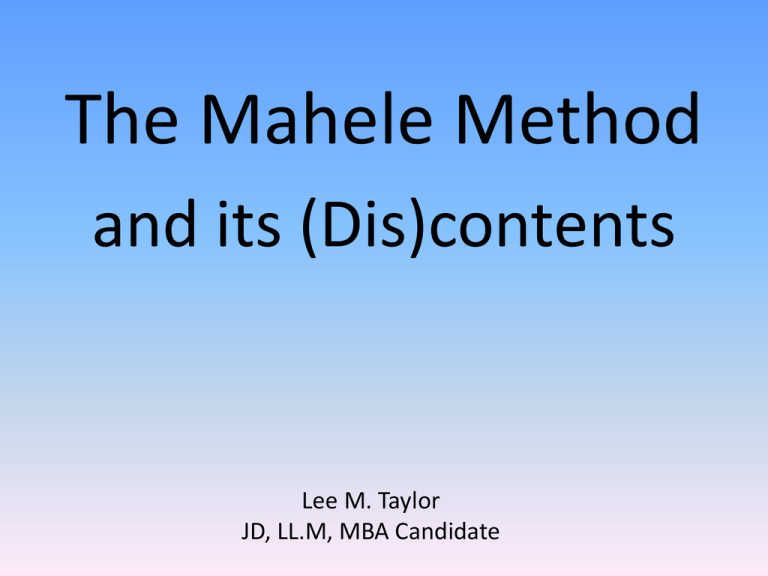
The Mahele Method and its (Dis)contents Lee M. Taylor JD, LL.M, MBA Candidate Education • University of Kansas - 2000 – BS in Genetics – BA in English Literature • University of San Diego - 2004 – Juris Doctor (JD) • The George Washington School of Law - 2006 – Masters of Law (LL.M) • University of Hawaii̒ - 2011 – Masters of Business Administration (MBA) • Licensed Member of State Bars – California 2007 – Hawaii̒ 2008 Experience • • • • • • • • Laboratory Technician Biology Lab Instructor Field Researcher - Iceland Legal Clerk - San Diego, London Intern - IIPI Intern - ITC OUII UH Business Plan Competition UH OTTED 1997 1998 1999 2003 2004 2005 2008 2008 OTTED Licensing pre-Mahele Method • Negotiations took 3 to 9 months • Performed sui generis (each technology is a unique entity and each licensee has unique circumstances) • Licenses: No License Issue Fee; Equity due upon Execution; Production Milestones; Business Plans; and Sales Milestones • Milestones were known solely (wholly) to licensee The Mahele Method™ Lee Taylor, University of Hawai̕i 1. The License Issue Fee A. $6,500 due upon execution if the patent expenses are less than that, B. 50% of patent fees due upon execution and 50% due six months later if patent expenses are between $6,500 and $13,000, or C. 33% of patent fees due upon execution, 33% six months later and the remaining 33% due twelve months after execution if expenses are greater than $13,000. 2. The License Maintenance Fee A. $12,000 due Dec 31st of the first full year of the license, B. $24,000 due Dec 31st of the second full year of the license, and C. $36,000 due Dec 31st of the third full year of the license and thereafter. All fees are creditable against royalties received during that calendar year. 3. Royalties 5% of net sales, 10% if licensing software. If the licensee wishes to have rates below 5% then the TTO requires sales projections for the first four years. If royalties in year 3 are close to $36,000 (+/- 10%) and exceed $48,000 in year four, the lower rate is accepted. 4. Equity “Never more than four” Equity is something only sought from start-ups. It does not act in lieu of the above but in addition to it. There, the TTO takes 4% or less to allow enough equity left over for later rounds of fundraising. Equity is conveyed after the first round of $2M+ financing or at the fifth anniversary of the license—whichever is first. The Mahele Philosophy • Only a minority of licenses make substantial money • Royalty rates capture the upside of disparate technology • License maintenance fees capture the base rate / spur commercialization • TTOs and entrepreneurs time is limited / time is money • Business needs transparent, predictable terms • Licenses should have few “moving parts” and be easy to administer by using objective calendar dates The License Issue Fee • People only respect things they give consideration for ($$) • Some modicum of value is needed upfront • Money is the best proxy for competence & intent • Professors/Inventors reasonably expect the first 12 to 24 months of a license to be spent recouping significant patent expenses • They look for modest gains in year 3 and more substantial gains in year 4 and thereafter The License Maintenance Fee • Technology ages and loses value • There is substantial value in “locking up,” or having exclusive rights to a technology • The fee is the best goad towards commercialization • $25,000 is the pain point Royalties • Royalties capture the upside of disparate technologies • The sliding scale forces the licensee to seriously consider the money that will be earned going forward • And yet . . . • Soft 3% on most technologies, 9% for software • Rebuttable presumption as to why it should be less (foolish consistency) • Licenses are “naked” research and consultation are not included Equity • Its FACT is more important than its Amount • We ask faculty to waive equity if receiving it directly from the licensee • UH does not need it until it has value • CELA’s liquidation preference may be more elegant still Is that it? • Sublicensing? – Yes, but flow through and 10x royalty on all lump sum payments • Commercial sale are less important with license maintenance fees but can have first sale at year 3, 4, or 5 • Standard license is full of non-controversial and/or non-negotiable terms • Improvement technology regularly granted Takeaways • The “nightmare” of the blockbuster technology is overblown (will “settle” for $30M instead of $40M in both equity and royalties) • The goodwill standard terms provide is real because they: – Empower professors – reduce workload – and provides predictability • The licenses are “fundable,” fast and fair – (works for companies of any size) • This method is “express” but not etched in stone, it is a rapid way to get to agreed upon terms Thank You Lee M. Taylor Office of Technology Transfer & Economic Development, University of Hawaii̒ ltaylor2@hawaii.edu
